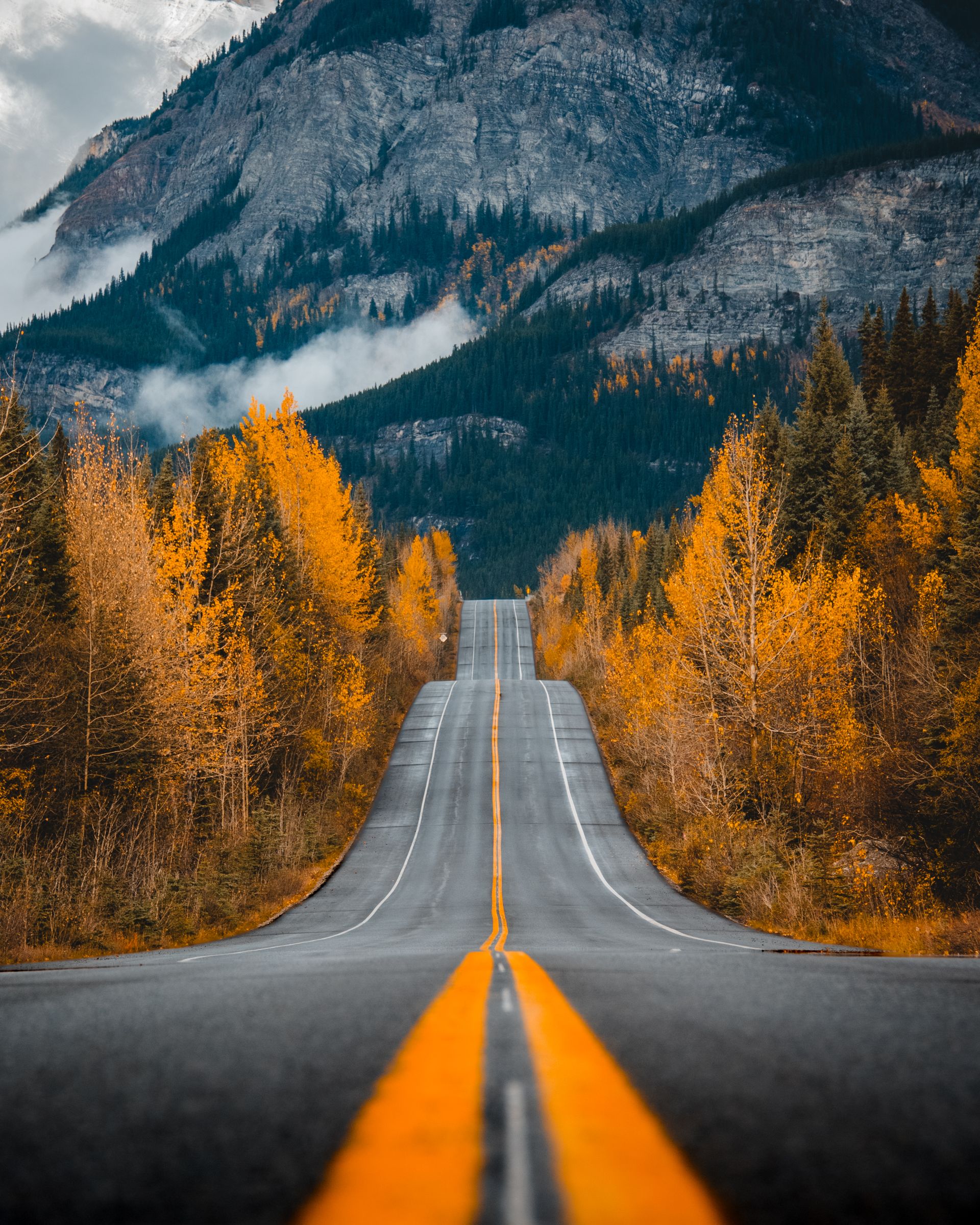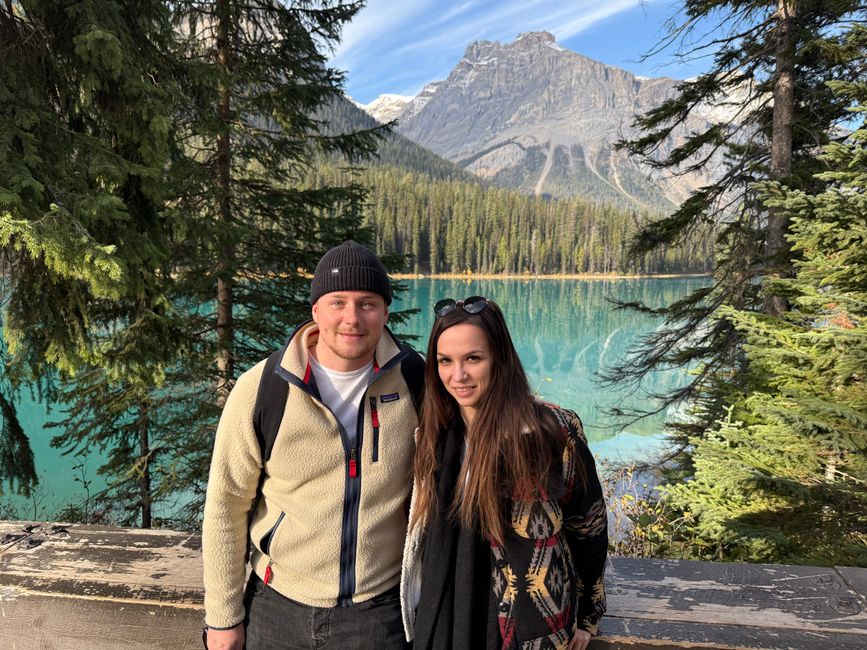Road trip Lake Louise -> Jasper & the forest fire
已发表: 21.10.2024
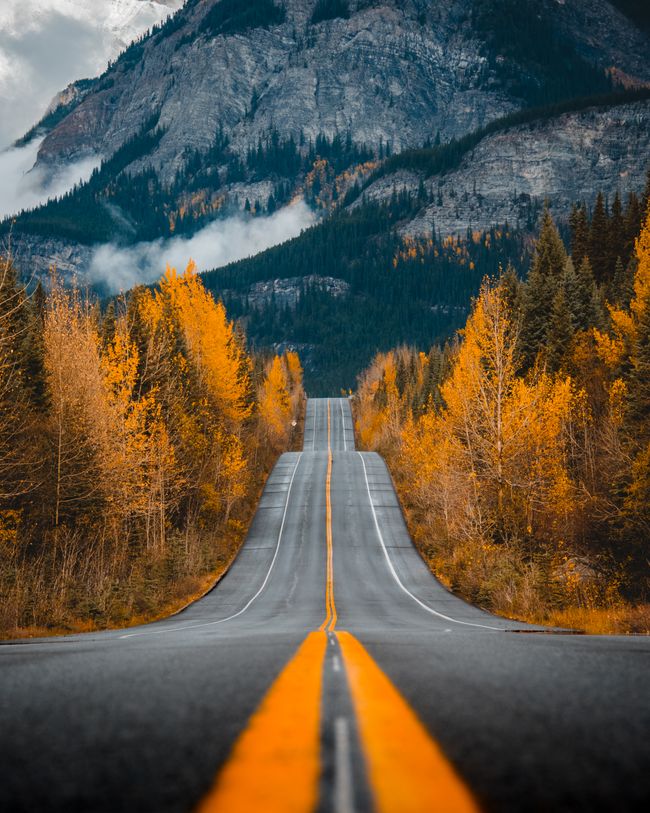
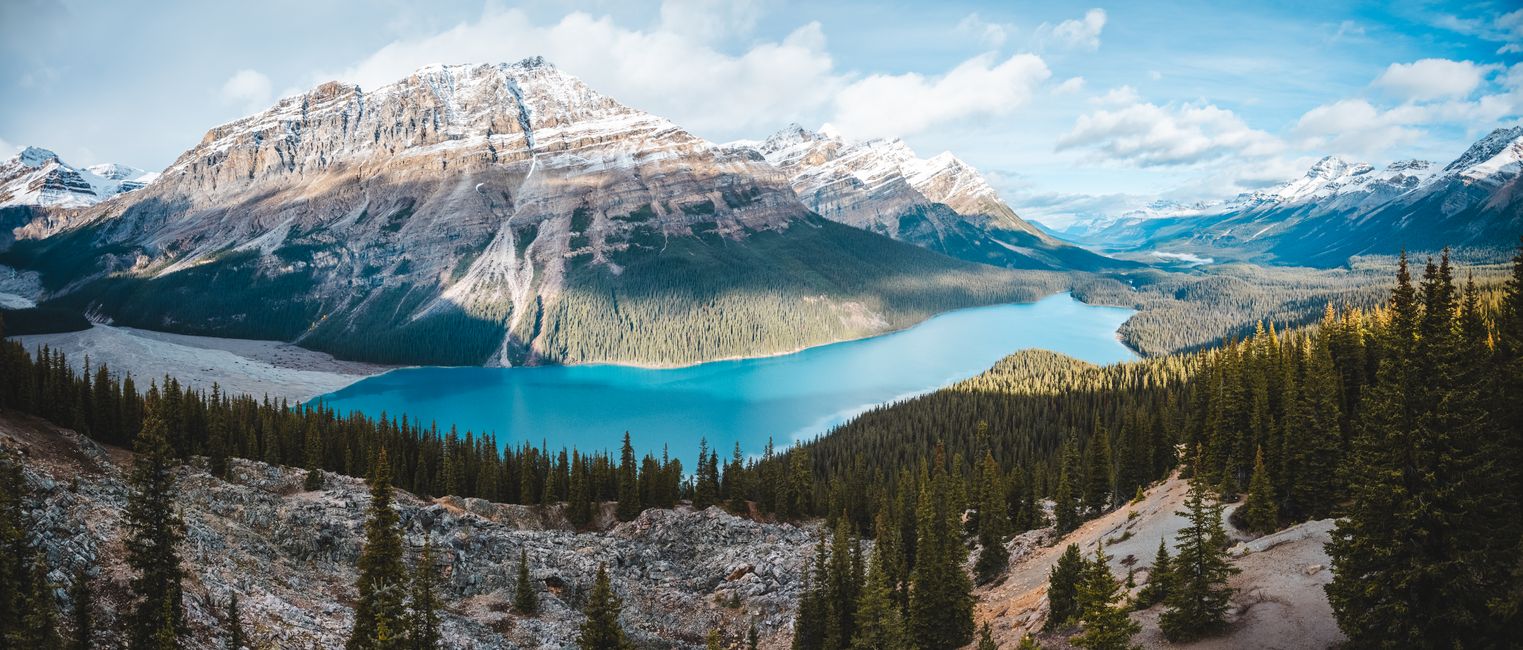
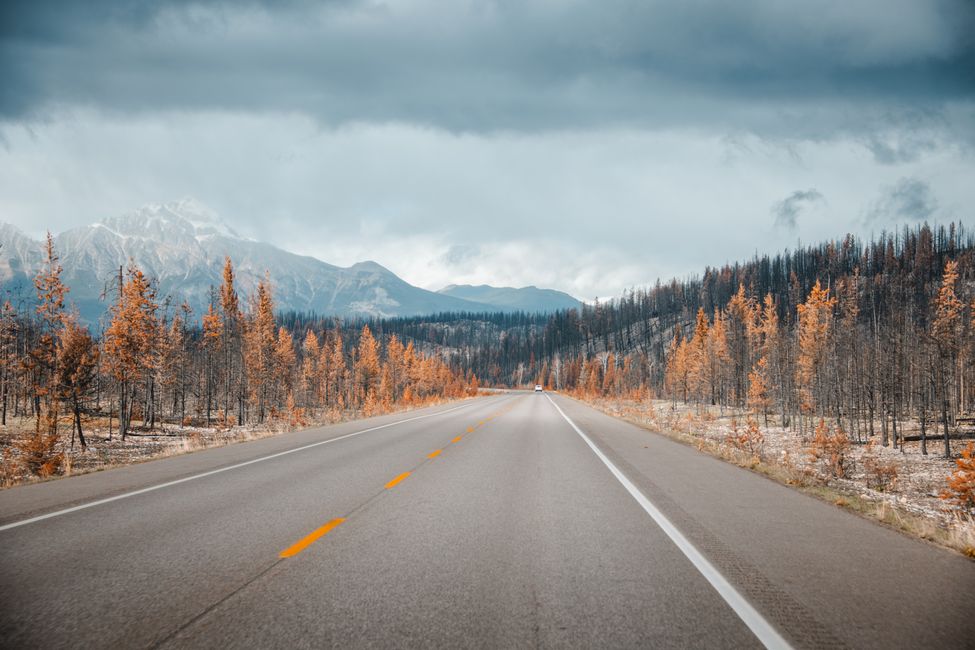
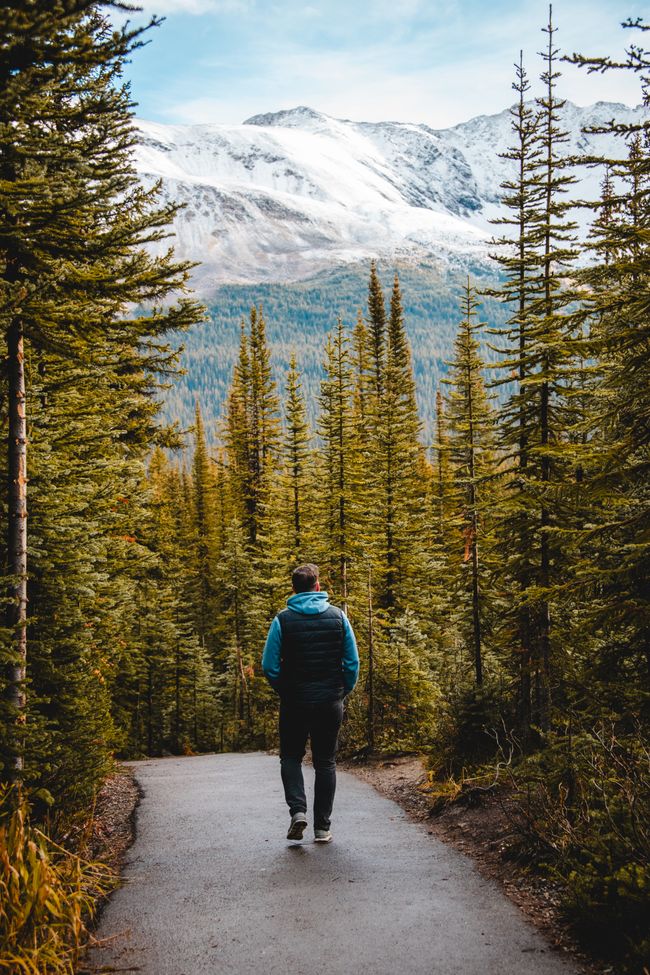
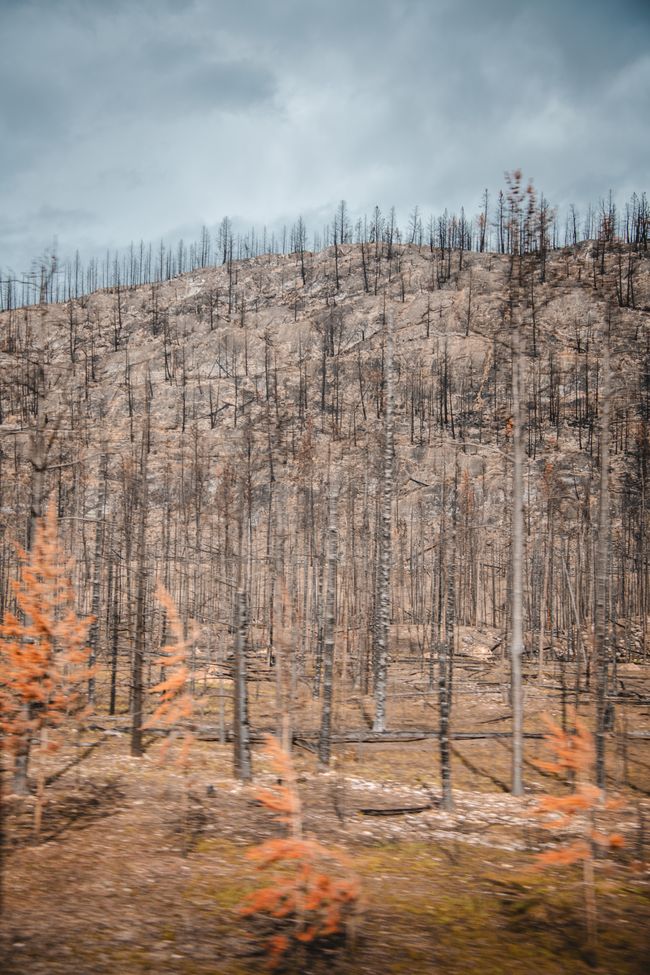
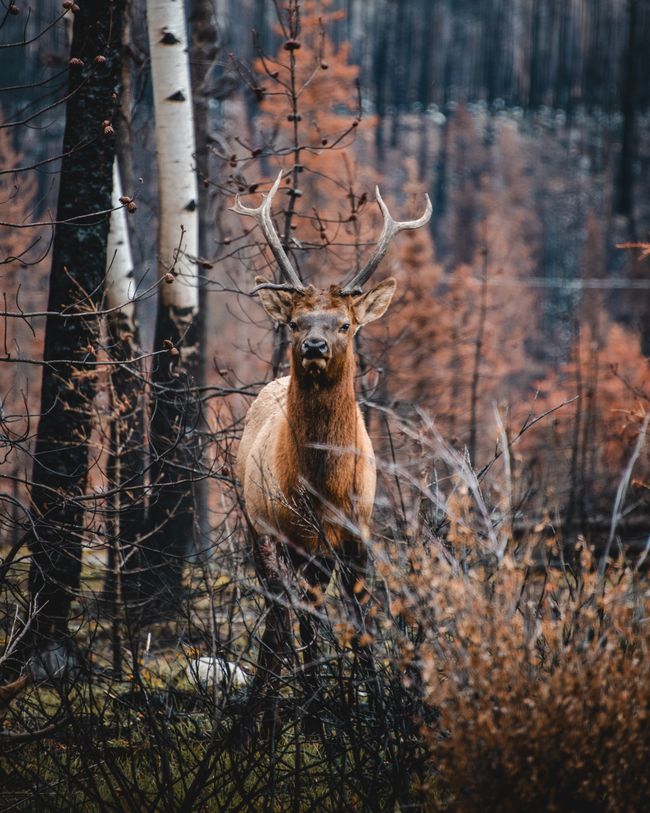
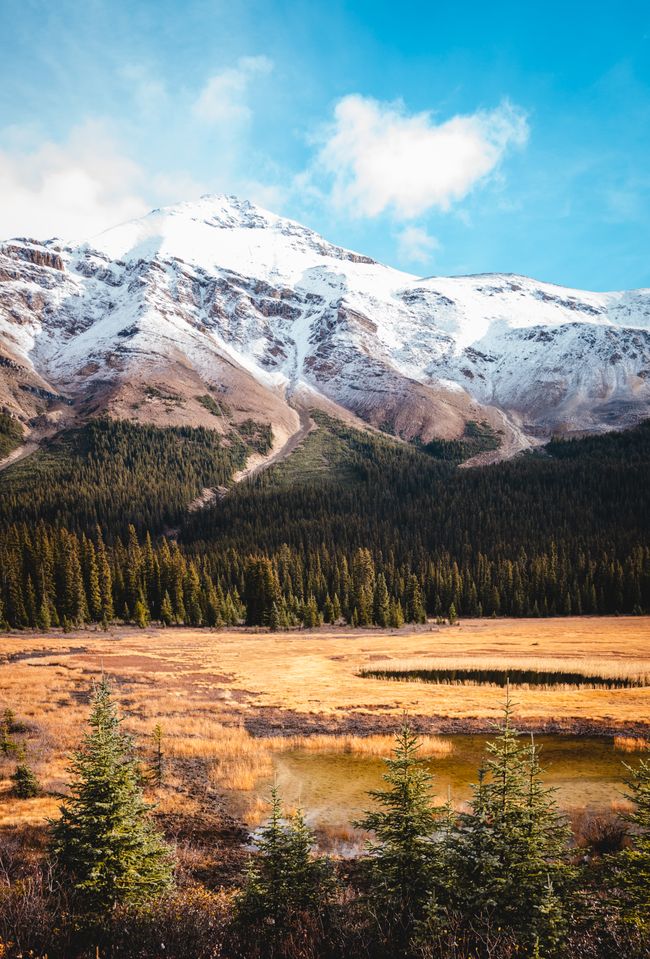
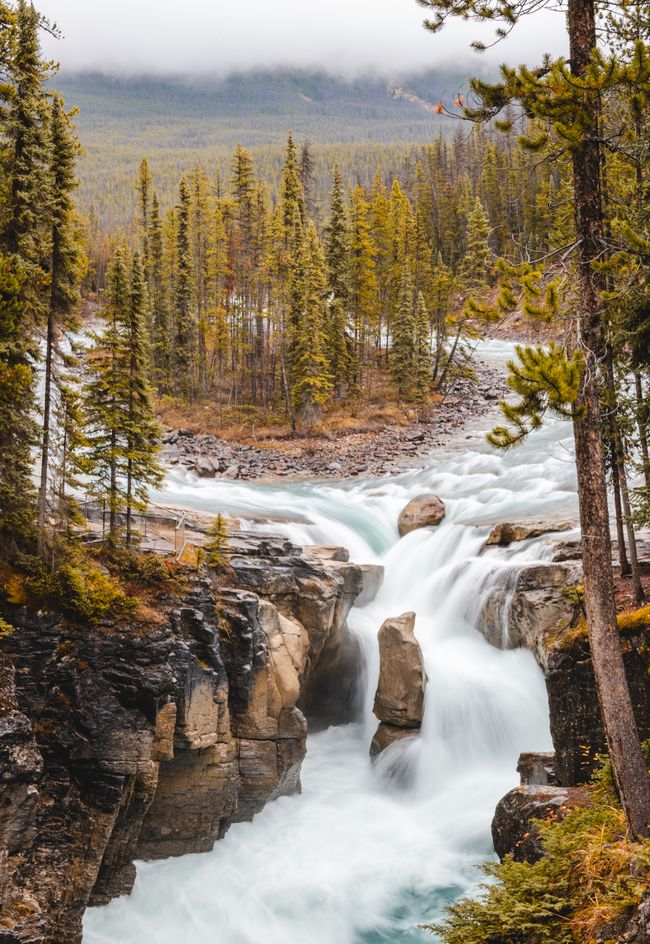
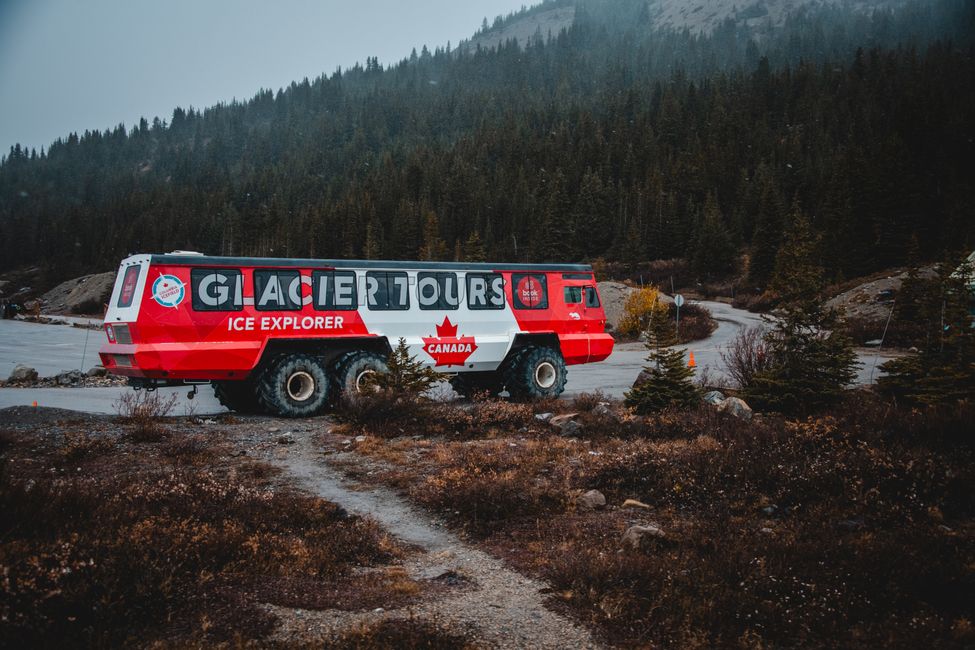
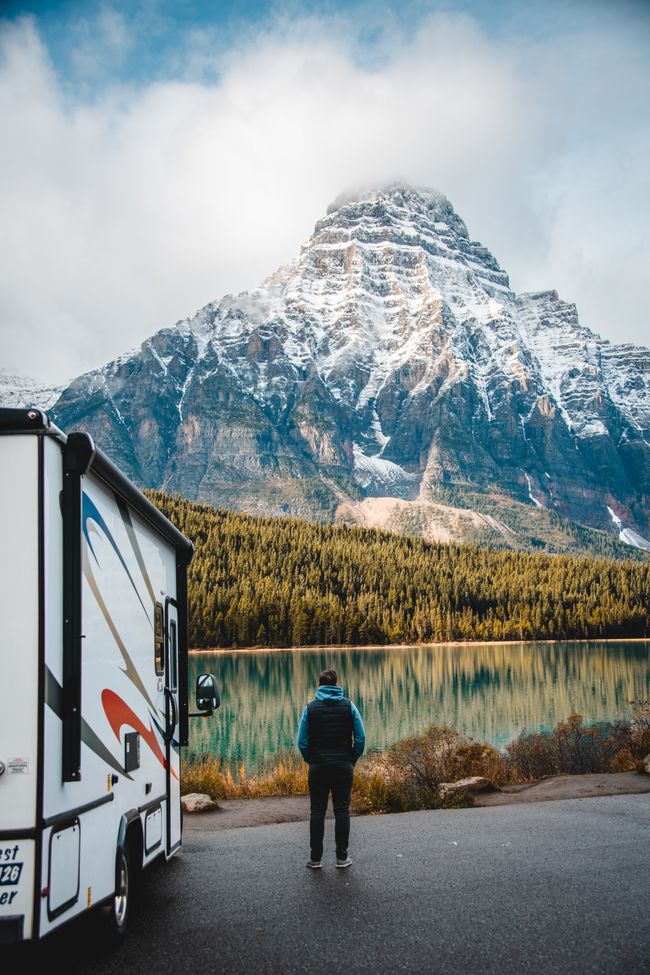
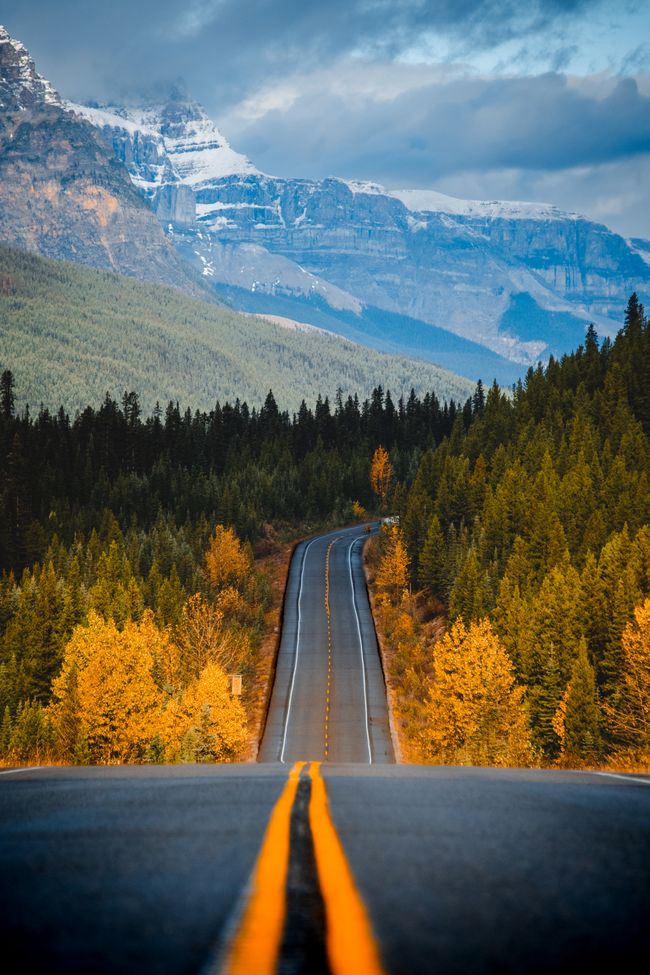
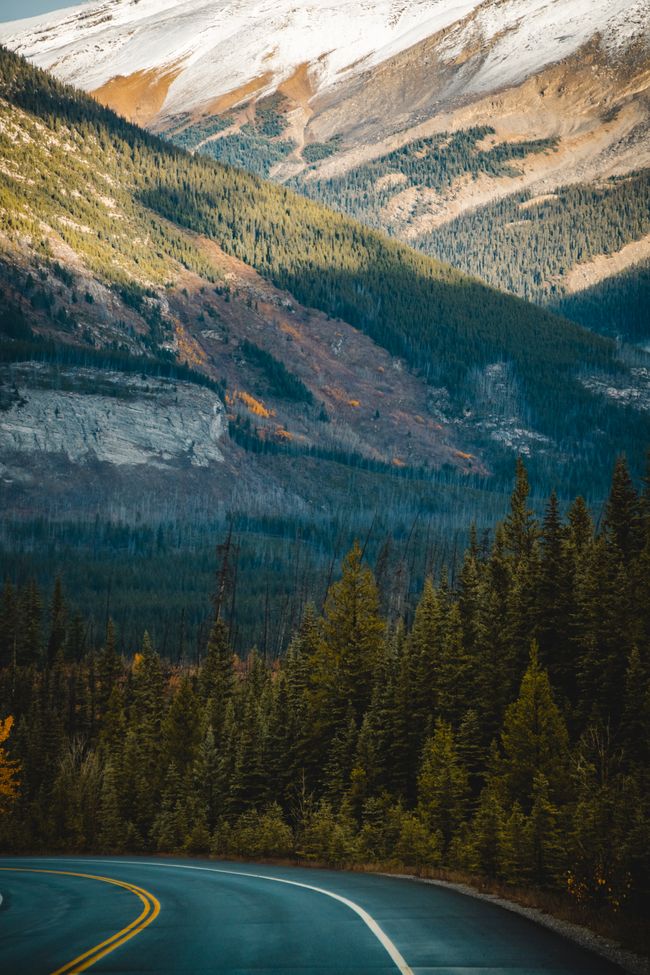
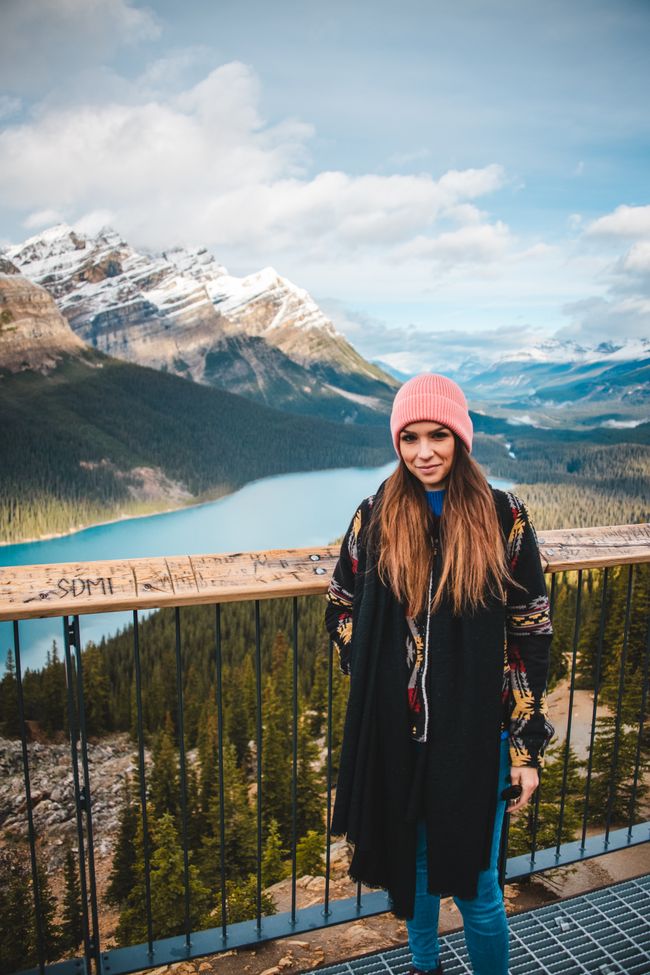
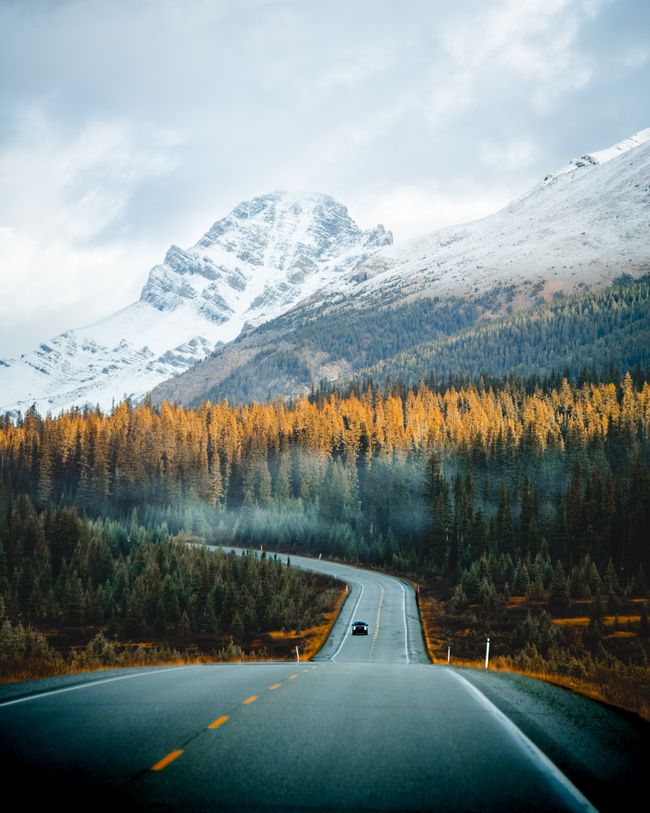
订阅时事通讯
Road trip from Lake Louise to Jasper and the forest fires in Jasper
We usually don’t write a blog when changing locations, but since we experienced quite a lot during this almost 3-hour drive, it’s worth writing a dedicated blog and sharing the pictures :)
We left around 9 AM since we didn’t have a lot of time pressure. We assumed that we wouldn’t find a campground in Jasper due to the forest fires and would have to find a hotel anyway.
We would like to know a bit more about the forest fires since they really affected us:
Forest fires Jasper July 2024
The forest fires in Jasper were a dramatic event that heavily impacted the region. That’s why we briefly want to tell you about it: In July 2024, a lightning struck 5 km outside of Jasper and, due to the dryness, caused a forest fire. Since it was so dry and strong winds were blowing, the fire reached Jasper within half an hour. Fortunately, the 20,000 tourists and 25,000 locals were able to evacuate in time. About 1,000 firefighters were deployed in a short time. However, they had to fight against flames that reached up to 100 meters high. In the end, about 32,000 hectares of dense forest burned down - -> For orientation: The Canton of Schaffhausen has about 30,000 hectares - and those have been destroyed. This is the largest fire that has occurred in this national park (in the last 100 years). Unfortunately, 35% of the town itself also burned down. Although a forest fire is part of the natural life cycle of forests, such a fire of this magnitude significantly harms the animal and plant world. According to Parks Canada, a large part of the animals (elk, grizzly bears, and various bird species) managed to escape into the water and higher ground thanks to their natural instincts, but their habitat in the area has been destroyed. However, we have already seen many elk and larger deer species in the burnt areas, but many have changed their territory.
What does recovery look like?
1) Short-term recovery (1-2 years)
Directly after the fire, the soil is rich in nutrients as the ash and burnt material penetrate the soil. Within the first year, grasses, herbs, and smaller plants will grow back. Wildlife such as grizzly bears, wolves, and deer return relatively quickly to the area as they follow the recovering plants. The same goes for birds and rodents, as soon as there are a few trees where they can build nests and seek shelter.
2) Medium-term recovery (5-10 years)
Within 5-10 years, the first shrubs and trees like pines and aspens will grow since these trees love light and can therefore grow faster - only after that will the remaining trees like spruces start to grow. By then, most animal species will stabilize again because food sources like berries, seeds, and small prey will become more available again.
3) Long-term recovery (20-50 years)
The forest will become much denser and richer in species. Pine forests and mixed forests will begin to replace themselves, and the landscape will gradually return to the typical forest of the Rocky Mountains. Thus, the ecosystem will stabilize as well. The habitat for animals and plants will gradually become stable again. The population of predators and prey will return to normal values.
4) Long-term effects (50+ years)
The complete restoration to how it was before can take up to 50 or even 100 years. Old tree species like Douglas fir and spruce grow very slowly and thus need a bit longer.
Yes, that’s about it. That was finally a topic I’d like to work on in school and give a presentation about.. Yeah :)
Back to our road trip from Lake Louise to Jasper:
As mentioned, we departed around 9 AM. On the way, we passed by some attractions and stopped at a few. The first stop was at Peyto Lake. We were already at a relatively high altitude, about 1,800 meters above sea level, and thus the short 15-minute walk was relatively strenuous. At the viewpoint, we had a very nice view over Peyto Lake and the valley:

The mountains were already quite white, and temperatures had dropped quite low:

The weather turned colder than at Lake Louise and it became chilly and rainy.. There were moments of rain followed by dry spells. However, the changing weather also created a very mystical atmosphere, and I must honestly say that it made the drive even more spectacular. So there were also cool pictures taken along the way:

At the highest point of the road to Jasper, we reached an altitude of 2,250 meters above sea level, and of course, it was snowing there too. Our Snowflake (the name of our RV) also couldn’t climb the mountain as fast anymore :) We stopped quickly at the glacier..
Image truck glacier
Unfortunately, we didn’t see much, and walking around was a bit awkward as it really was 'bad weather'.. After that stop, we were naturally forced to go downhill. When we reached the national park, we discovered the first burnt valley. It was relatively large, about the size of the ski area Laax. We had no idea what awaited us in Jasper itself..
Image fire on the road?
Just before Jasper, we made a stop at a small waterfall:
Image Sunwapta Falls
We were hungry, so we started the generator in the parking lot and warmed up our leftover pizza from the previous evening in the microwave.. The tourists were quite surprised to see us eating hot pizza in the middle of nowhere. After our snack, we drove to Jasper, and we were in awe.. We had never seen anything like it. It was impressive and strangely beautiful, but we looked at the massive burnt areas with incredible nostalgia.
Image forest fire
We then went to the tourist information center first to inquire about what was open and what wasn’t. I must quickly mention: The Alberta Highway 511 (there is only one road) leading from Lake Louise to Jasper has only been open for about 4 weeks. The road had been closed since July due to fires, fallen trees, and forest workers had to fell the burnt trees directly next to the highway to avoid them falling on cars. So until shortly before we left, we didn’t even know if we could go to Jasper at all. Thus, we were not the first, but certainly among the first tourists who visited Jasper again.. And you could tell. People were happy to see our camper, and on the facades of the shops, cafés, etc., it said 'Welcome back, we are open again'. Unfortunately, all campgrounds were still closed, partly because the infrastructure had burned down and partly because people had other priorities than caring for a campground.. So we looked for a hotel. We headed directly into the city and didn’t have to drive an hour each day to the next campground outside Jasper, and additionally, we supported the town with our cash flow.
So, the rest will be in the Jasper blog :-))
订阅时事通讯
回答

旅行报告加拿大
